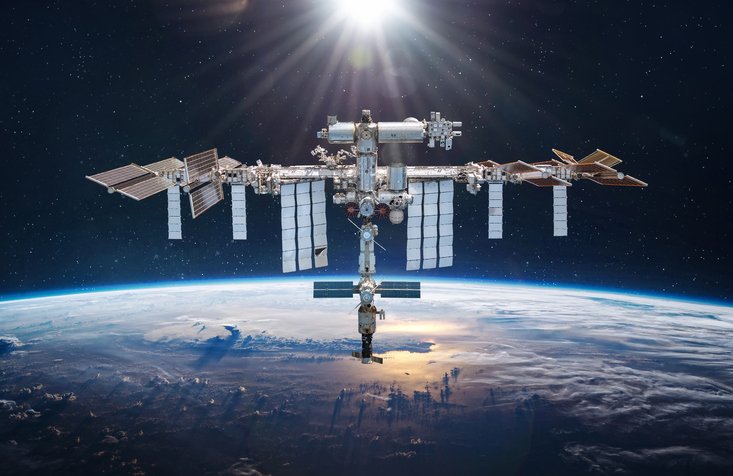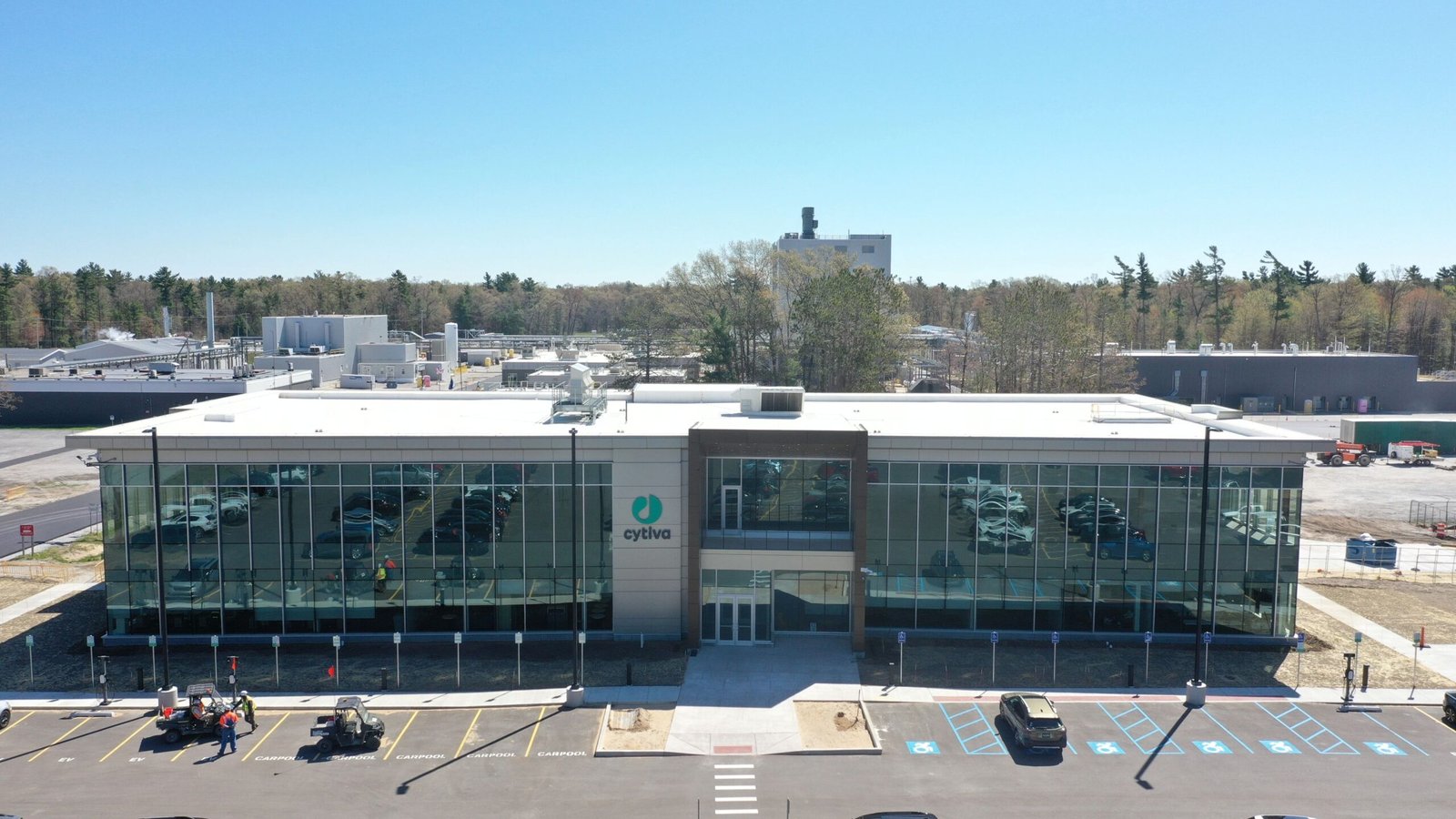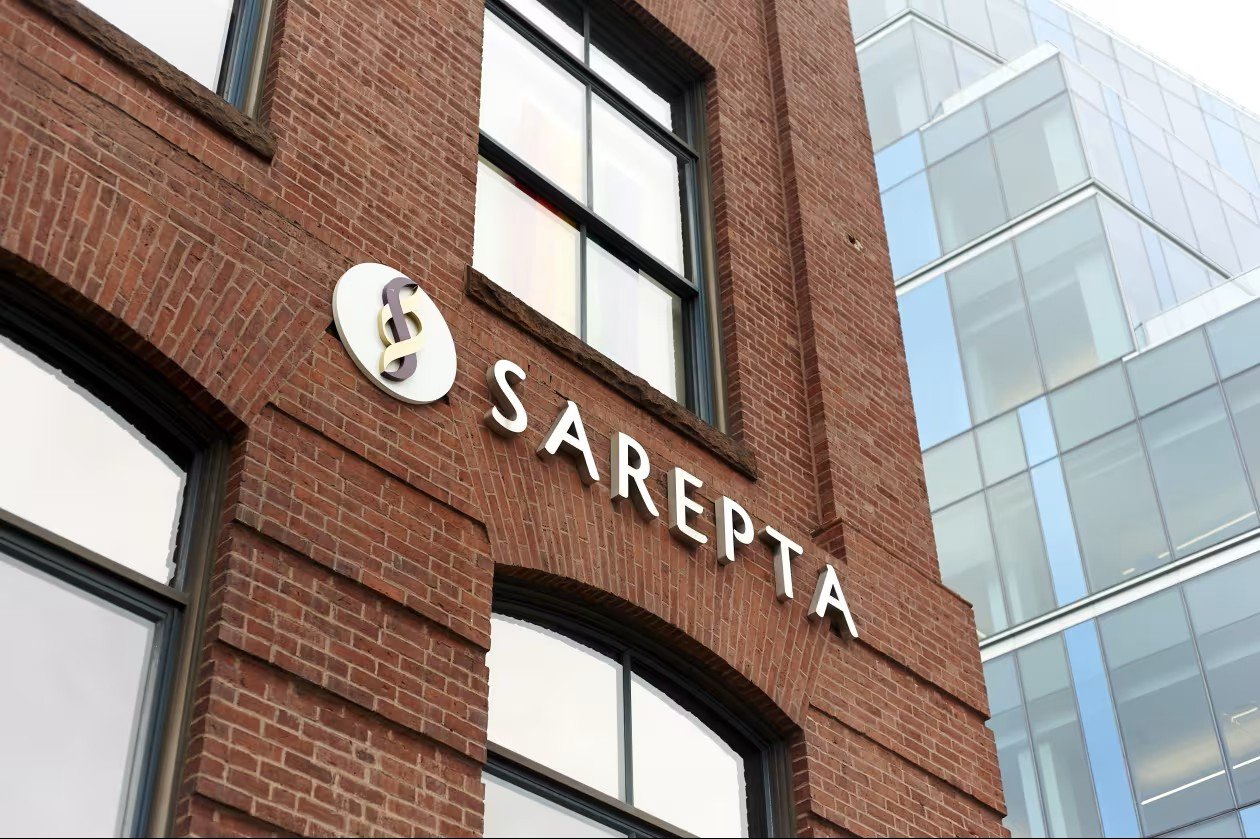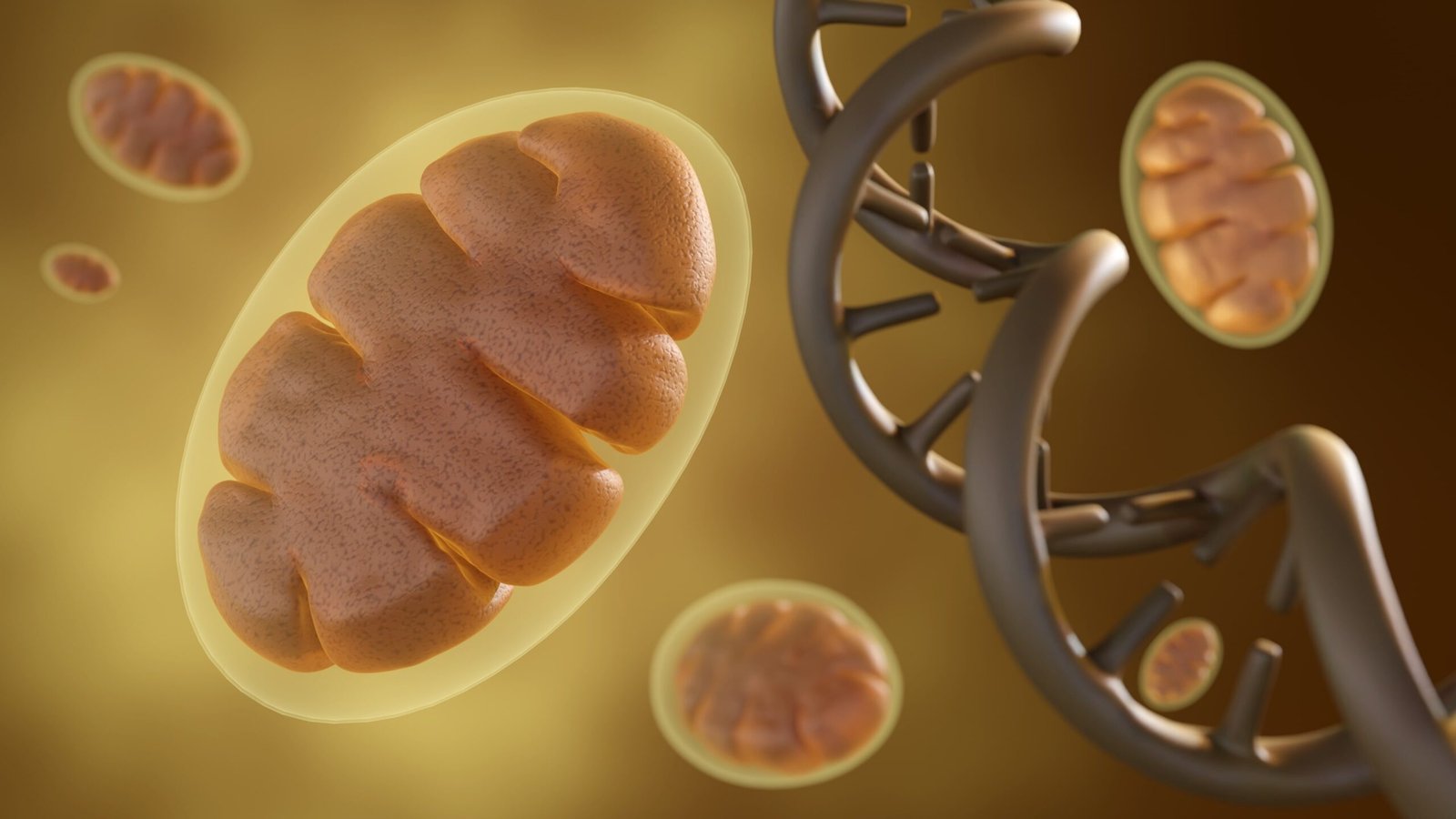Decades of space exploration have resulted in the discovery of known stressors to animals (including humans) during spaceflight: radiation, microgravity, hypergravity, and circadian rhythm disruption. In addition, common post-flight effects include muscle wasting and decreased bone mineral density.
However, the full biological impact of spaceflight on stem cells remains incompletely understood. Previous studies of embryonic stem cells that have undergone spaceflight have revealed abnormalities, but the exact cause of the damage has not been fully elucidated. Now, as the prospect of multi-year deep space missions, planetary colonization, and space tourism become more realistic, this information is critical to advancing these missions.
A team of researchers at Kyoto University sought to test the potential damage to spermatogonial stem cells during spaceflight and the resulting offspring. In doing so, they demonstrated successful offspring production from cryopreserved mouse spermatogonial stem cells (SSCs) stored on the International Space Station.
Cryopreserved stem cells were stored in a deep freezer for six months on the International Space Station. The cells were then returned to Kyoto, where the team observed no apparent abnormalities. After thawing and in vitro expansion, the cells were translated into mouse testes. Within three to four months, offspring from these frozen cells were born through natural mating. When examining the newborn mice, the research team observed that they were healthy and exhibited normal gene expression.
More specifically, the authors note that, “spaceflight did not increase apoptosis or DNA damage in SSCs. After thawing, SSCs proliferated comparably to those cryopreserved on Earth, showing no significant phenotypic or functional differences.” These results suggest that cryopreserved germ cells maintain fertility for at least six months.
The paper “Germline transmission of cryopreserved mouse spermatogonial stem cells maintained on the International Space Station” appears in Stem Cell Reports.
“It is important to examine how long we can store germ cells in the ISS to better understand the limits of storage for future human spaceflight,” says Mito Kanatsu-Shinohara, PhD, in the department of molecular genetics at Kyoto University.
Stem cells from many species can be cryopreserved and still produce sperm, so these findings contribute to the development of germ cell preservation during future long-haul space missions.
The research team originally predicted that spaceflight would be more harmful to spermatogonial stem cells than cryopreservation, due to their sensitivity to radiation. However, the results revealed the opposite: while the concentration of hydrogen peroxide used in cryopreservation was sufficient to kill off some of the cells, the research team observed minimal differences between the pre- and post-spaceflight germ cells.
Although the mice offspring appear normal and do not exhibit abnormal DNA patterns, long-term health issues cannot be ruled out until the lifespan and fertility of these mice and subsequent generations of mice are properly analyzed.
“We still have some spermatogonial stem cells frozen on the ISS, so we will continue to conduct further analysis,” says Kanatsu-Shinohara.

The post Space Station Stem Cells Successfully Produce Healthy Mice appeared first on GEN – Genetic Engineering and Biotechnology News.




